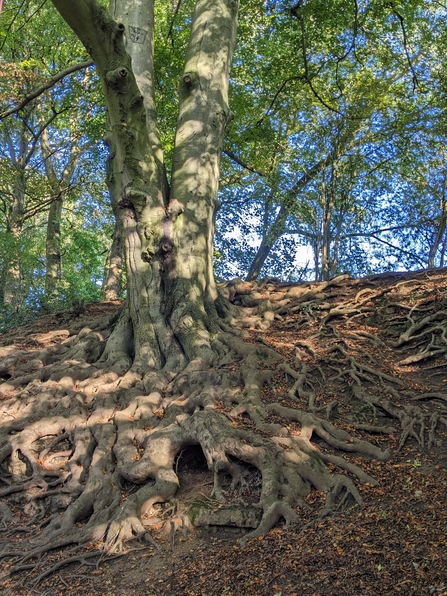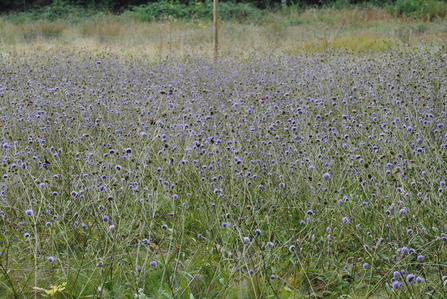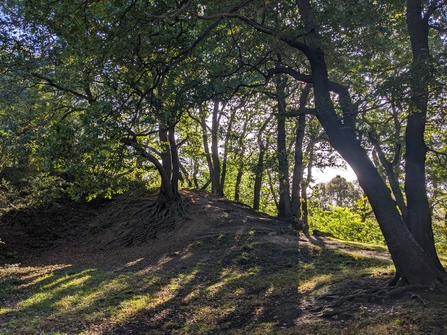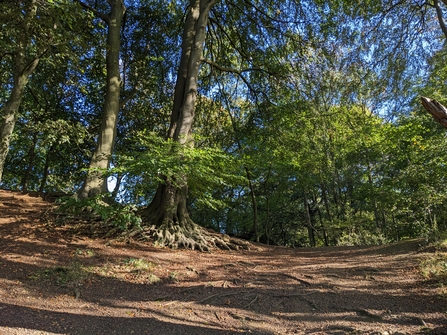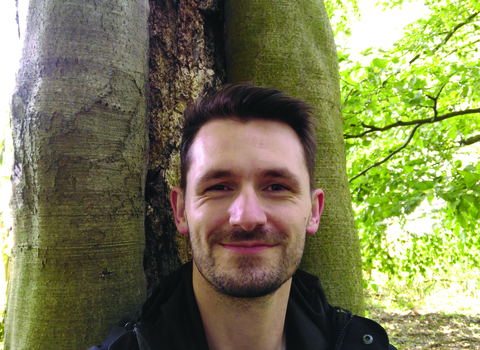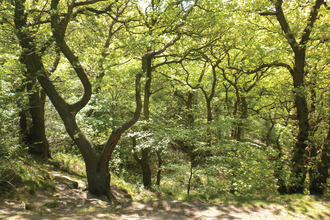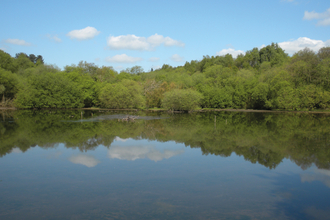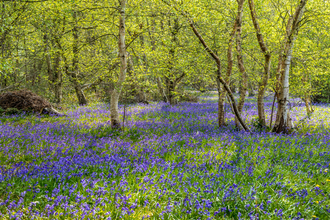Hetchell Wood is home to some magnificent and gnarled old beech trees, with beautiful silvery trunks surrounded by a coppery red carpet of leaves as autumn gets into full swing. As you enter the reserve, some of the very best of these beech trees can be found off to your right – do take the time to explore and spend a little time amongst the trunks.
There is also an old limestone quarry here, and this quarry is very likely the reason these beech trees have particularly huge and twisting roots. There was a trend in the 17th century for planting beech trees on quarried areas, and because of the thin rocky soil developed these amazing buttress roots to support their weight. On a sunny autumn day with a blue sky above, this area is the perfect place to sit for a long moment or swoosh your way through the leaves for a true grounding moment.

